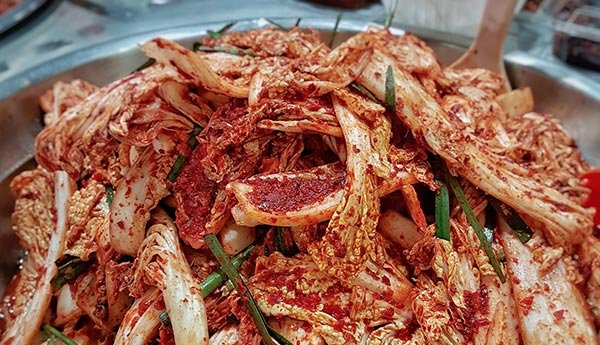
I had no idea of the existence of Kimchi – 김치 until I step foot in South Korea and started eating the delicious local food.
Every time you sit at a table, whether you are in a restaurant or in a house of some local friend, ready to eat one of the delicacies of Korean cuisine, first you are served a series of saucers full of tasty side dishes called Banchan – 반찬. Surely you will find yourself in front of a white mass of vegetables buried in a deep red dressing that often gives off an intense smell: the most common, adored and inevitable among the specialties of the Asian country, the Kimchi – 김치!
What is Kimchi – 김치?
Kimchi – 김치 is the most famous of the traditional Korean local specialties, made with fermented vegetables, dipped in salt and seasoned with various ingredients, among which can not miss the chili red powder that gives it spiciness and color.
Other ingredients with which Kimchi is left to ferment are shallots, ginger, garlic and Jeotgal – 젓갈 (salted seafood).
The preparation of Kimchi does not take much time but the fermentation process is longer, it is traditionally placed in jars called Onggi – 옹기 for a period ranging from a few days to a few months, depending on the taste more or less intense that you want to get. Today usually plastic containers are used to put the vegetables that are then placed in refrigerators, some of which are specially manufactured for Kimchi.
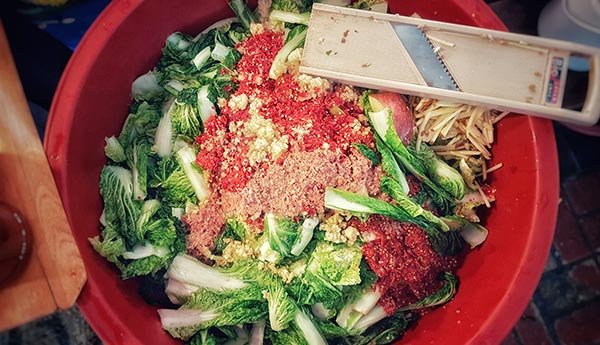
It is served as a side dish to every meal in Korea, mainly prepared with cabbage and is generally spicy. The degree of spiciness is variable, the taste is usually intense and perhaps it takes a couple of tastes before being able to fully appreciate it. It goes well with everything from rice to meat, from fish to soups and dumplings but it is also good eaten alone.
Kimchi is also used as an ingredient to prepare other dishes such as dumplings (Kimchi Mandu, 만두), pancakes (Kimchi-buchimgae – 김치 부침개), stews (Kimchi-jjigae – 김치 찌개) and various other tasty recipes flavored by the fermented vegetables.
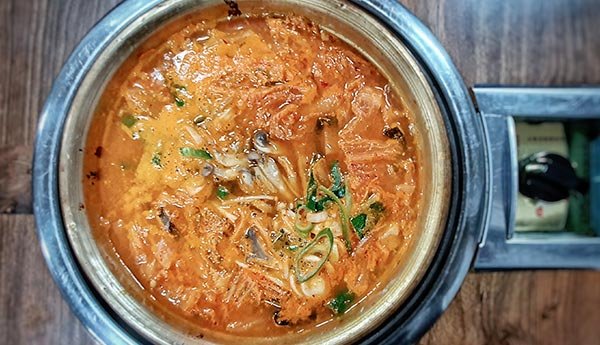
A bit of Kimchi history – 김치
In Korea, Kimchi has been eaten for hundreds of years, some even mention its origin during the period of the Three Kingdoms of Korea (Goguryeo, Baekje and Silla) between the 1st century BC. and the 7th century, where vegetables and other fermented foods were used above all thanks to the durability of the nourishment that was prepared in winter and kept throughout the year. The recipe did not yet include the use of hot chili pepper, which was introduced during trade with the Portuguese in the 17th century. Cabbage was also recently introduced in the preparation, around the 19th century, a period in which the version of the modern Kimchi began to take hold throughout the Korean peninsula.
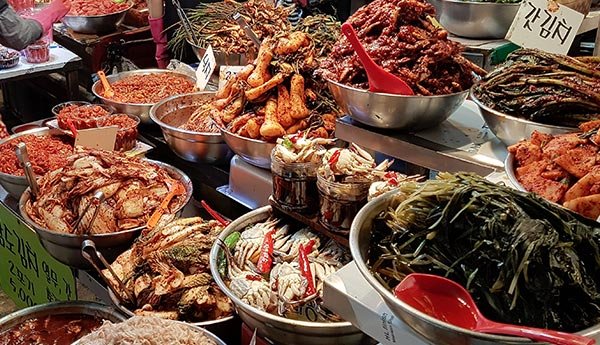
Various types of Kimchi – 김치
Usually, the vegetables used are cabbage (the most common) and white radish, but there are many other variations in the recipe, with different tastes. You can prepare the tasty side dish with cucumbers, aubergines, potatoes, perilla leaves … almost everything! The various types of Kimchi are categorized according to the main ingredient and the region of origin.
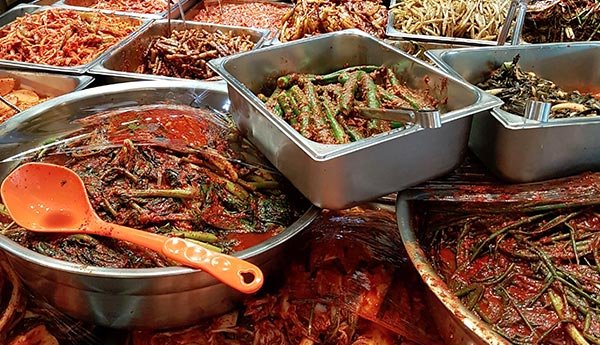
There are white Kimchi, where the hot chili pepper powder is not used, the old Kimchi, kept longer to ferment and therefore with a much more intense taste and the fresh Kimchi, less strong.